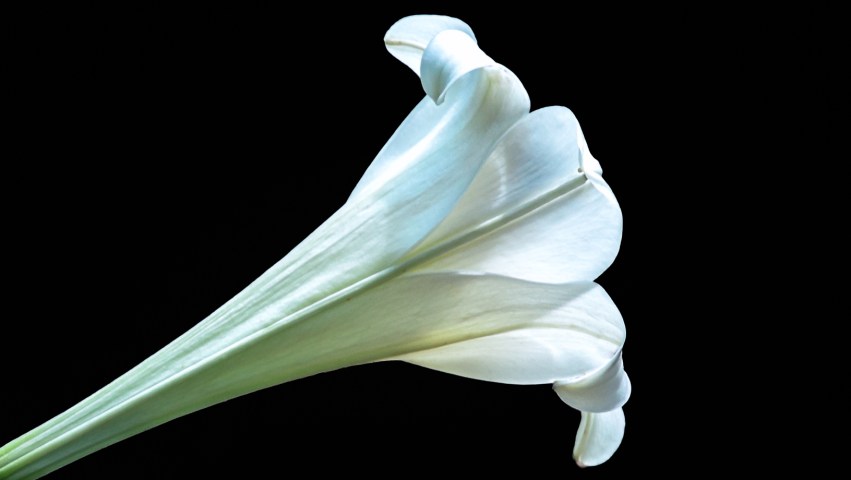From “Photography: A Little Summa” in At the Same Time: Speeches and Other Essays by Susan Sontag:
“Photography is, first of all, a way of seeing. It is not seeing itself.
“It is the ineluctably ‘modern’ way of seeing….
“This way of seeing, which now has a long history, shapes what we look for and are used to noticing in photographs.
“The modern way of seeing is to see in fragments. It is felt that reality is essentially unlimited, and knowledge is open-ended. It follows that all boundaries, all unifying ideas have to be misleading, demagogic; at best, provisional; almost always, in the long run, untrue. To see reality in the light of certain unifying ideas has the undeniable advantage of giving shape and form to our experience. But it also — so the modern way of seeing instructs us — denies the infinite variety and complexity of the real. Thereby it represses our energy, indeed our right, to remake what we wish to remake — our society, our selves. What is liberating, we are told, is to notice more and more.
“In a modern society, images made by cameras are the principal access to realities of which we have no direct experience. And we are expected to receive and to register an unlimited number of images of what we don’t directly experience. The camera defines for us what we allow to be ‘real’ — and it continually pushes forward the boundary of the real….”
From “Elegy (1)” in The Poetical Works of Robert Bridges by Robert Bridges:
Many an afternoon
Of the summer day
Dreaming here I lay;
And I know how soon,
Idly at its hour,
First the deep bell hums
From the minster tower,
And then evening comes,
Creeping up the glade,
With her lengthening shade,
And the tardy boon
Of her brightening moon.
Hello!
This is the second of five posts where I’ve taken this summer’s daylily, lily, and amaryllis photographs, and recreated them on black backgrounds. This post features lilies, and the first post (of daylilies) is Daylilies, Lilies, and Amaryllis on Black (1 of 5).
One of my favorites is the fifth photo of the unopened flowers, where you see a single bud with a tiny vine twisted around its stem and growing toward the upper right corner of the photo. I wrote about that vine before — see Vines on Black / Vines in Films — where I described it as a creeper variation that quite successfully wraps itself around any other plant it encounters and shoots toward the sun, while rapidly invading the space it starts growing in. This was the first time I’d encountered it at Oakland Cemetery’s gardens, where I caught it in the act of “attacking” one of the lilies. With the photo converted to one with a black background, the presence of the tiny vine exerts additional prominence, whereas it might have gone largely unnoticed in the original photo.
Regarding the quotation from Susan Sontag’s At the Same Time above:
While On Photography is Sontag’s well-known book on photography and images, she takes up the subjects in most of her other nonfiction books and essays as well — one of the few writers I’ve read who embeds cultural analysis of images in writing on so many other subjects. Throughout her writing she attempts to address — often leaving us with more questions than answers — how images alter our understanding of reality, across the realms of documentary photography, art, and media information. She also regards images as always-manipulated — even those from the earliest history of photography — because at minimum they represent the photographer’s subject choice of what will be seen versus what will remain unseen; and, for documentary-style photography, she examines how the interpreted meaning of a photograph may change based on the words used to describe it. After reading this section of At the Same Time, I couldn’t help but wonder what she might think of our emerging AI capabilities, where images can be generated from text and have no necessary correspondence to any existing reality.
One of these days, I’d like to take on Benjamin Moser’s Sontag biography — Sontag: Her Life and Work — though I’ll admit that its 800-page length is a little intimidating. Still, I’d like to better understand how photography came to be such a gripping subject that she addressed it so often in her non-fiction writing, which I imagine the book will explain. I did recently learn that the biography is being adapted into a film, so maybe I’ll wait for the movie…. 🙂
Thanks for reading and taking a look!
















